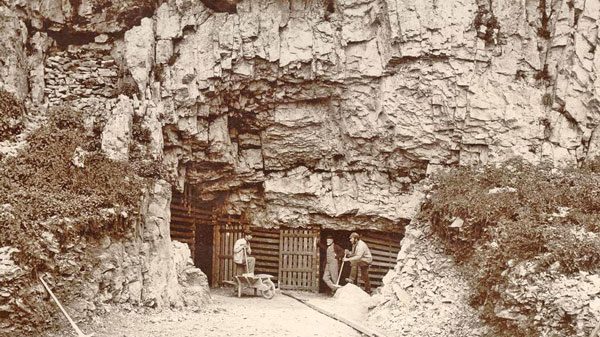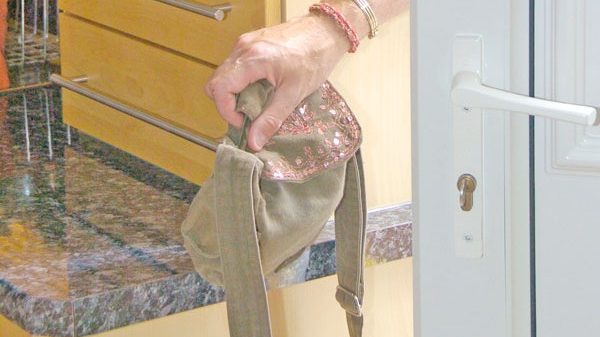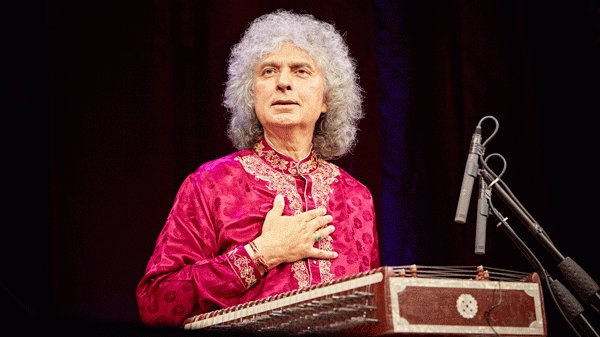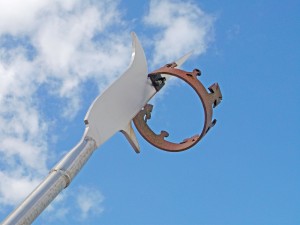A £7 million project by Northern Powergrid, the region’s electricity distribution company, to invest in York’s future power network has revealed a fascinating insight into the historic city’s past.
The project, which saw Northern Powergrid renew and replace more than 6,500 kilometres underground cable to strengthen the city’s electricity network, has unearthed an enigmatic medieval burial site.
The find, which dates back to the time of Richard III, is the first of its type to be found in the city.
The first bones were discovered in November 2013 by Northern Powergrid and its contractor, Interserve, which were working on Tadcaster Road, known locally as the Knavesmire.
Due to York being one of only five designated UK areas of archaeological importance, Northern Powergrid, Interserve, City of York Council and York Archaeological Trust worked in partnership throughout the major investment project.
A team of archaeologists remained present on site at all times and, on discovering the first bones, were called on to examine the find and start the process of carefully uncovering the skeletons. After initial excavations the team realised that this discovery was something very unusual.
Northern Powergrid provided the £13,000 needed to make further excavation work possible to reveal more of the historic secrets beneath the ground. Meticulous excavation in two trenches revealed 12 skeletons. Analysis by the Trust’s Dickson Laboratory and radiocarbon dating of two of the skeletons found that they could be dated to around the 1460s.
The skeletons were identified as male and mostly aged between 25 and 40 at the time of their death. Two had significant bone fractures which could be evidence of fighting, perhaps associated with professional soldiers.
Ruth Whyte, Osteo-archaologist for York Archaeological Trust said: “We knew this was a fascinating find as, unlike 15th century Christian burial practice, the skeletons were all together and weren’t facing East-West.
“The Knavesmire was the site of York’s Tyburn, where convicted criminals were executed right up until 1802. Were these individuals criminals or could they have been Lancastrian soldiers? They may have been captured in battle and brought to York for execution, possibly in the aftermath of the Battle of Towton during the Wars of the Roses, and their remains hastily buried near the gallows.”
Cllr Sonja Crisp, Cabinet Member for Culture, Leisure and Tourism at City of York Council, said: “As a designated area of archaeological importance it’s vital we protect the history beneath our feet. This project is an example of best practice when it comes to protecting York’s past while bringing improvements for its future.
“By working in partnership with Northern Powergrid, Interserve and York Archaeological Trust, we have been able to professionally and respectfully unearth some hugely significant finds that will help us to continue our work to create a rich picture of the city’s 2,000-year old history.”
Dave Smith, Northern Powergrid’s Project Engineer, said: “To unveil a piece of history as part of our £7 million project to reinforce York’s underground cable network and create additional capacity for the future is amazing. When we started the 18-month project to replace cables dating back to the 1950s we never expected that we – and our contractor Interserve – would be so instrumental in helping unearth such a key discovery for the city.
“Excavation is a vital part of what we do when improving and managing our network of 62,000 kilometres of underground cables across the North East, Yorkshire and northern Lincolnshire. Our teams are expert in working with local authorities and communities to ensure we respect the areas where we work and minimise disruption for our customers while we improve the region’s power network.”
Andrew Robinson, Senior Quantity Surveyor at international support services and construction group Interserve, said: “As one of Northern Powergrid’s contractors we have supported the delivery of many key network investment projects. Undoubtedly this is our most interesting one to date and we’re proud to have been part of this special archaeological find.”
The skeletons have been handed over to York Archaeological Trust to protect and preserve. Arrangements are also underway to exhibit one of the skeletons as part of the city’s Richard III Experience at Monk Bar in March.
The new section of Northern Powergrid’s 33,000 volt underground cabling, which spans from Melrosegate across the city to Campleshon Road and Gale Lane, was energised on 13 February 2015 and is now carrying electricity to support homes and businesses across the city.







